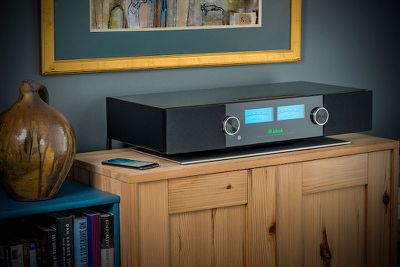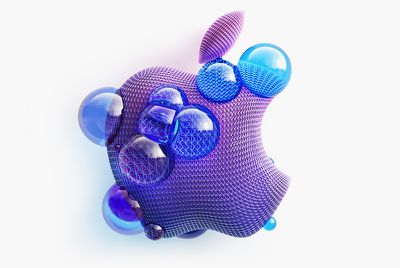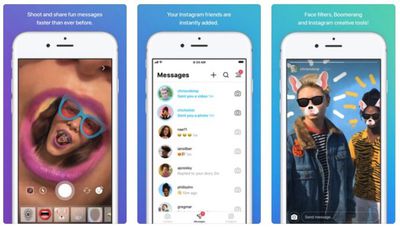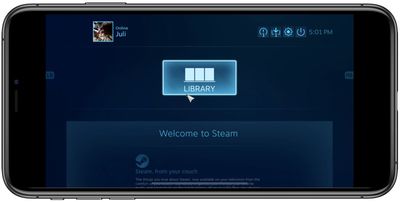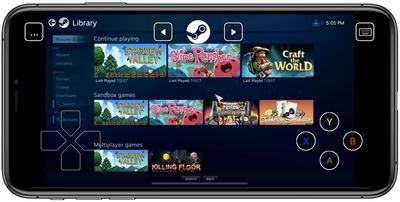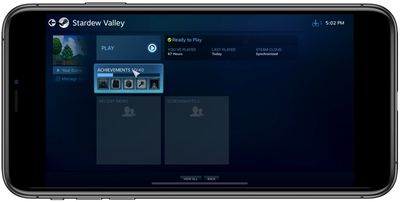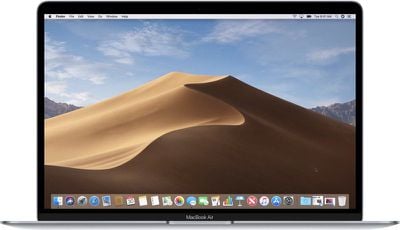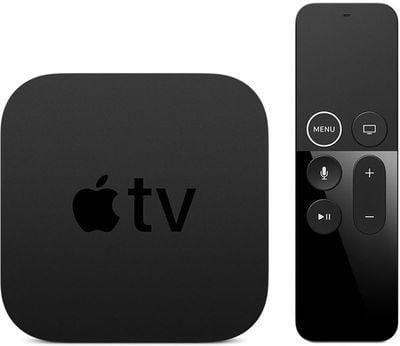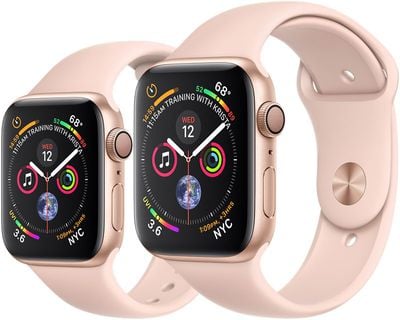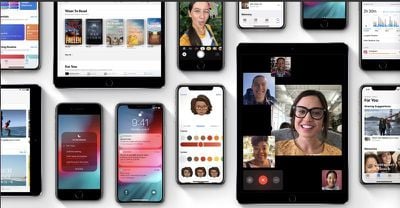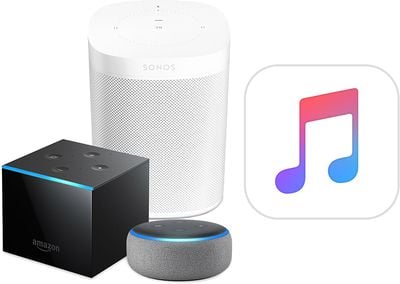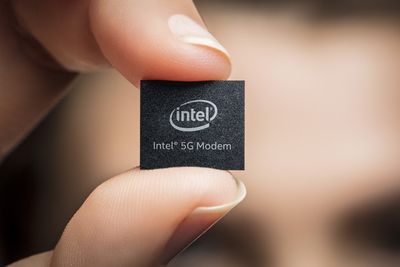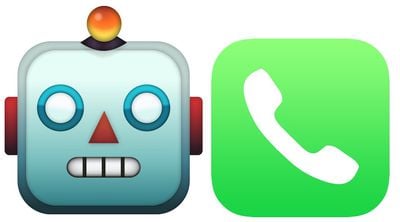When iOS 12.3 and tvOS 12.3 launched earlier this week with the updated TV app that Apple first teased at its March event, Samsung also rolled out support for both AirPlay 2 and the new TV app, making it the first third-party company to launch these features.
We have a Samsung TV set (the 2018 Q6F) that's compatible with the new Apple offerings, so we thought we'd check them out to give MacRumors readers a look at how Apple features work on third-party television sets.
After installing a firmware update, Apple-compatible Samsung TV sets will have an
Apple TV app, which is going to be unique to Samsung TVs for the foreseeable future. Other TV sets are gaining Apple features like AirPlay 2, but it's only Samsung that has a TV app option for now.
The TV app on a Samsung TV looks almost identical to the TV app on the Apple TV, offering up a "Watch Now" feature that keeps track of the movies and the TV shows you're watching, plus content recommendations ranging from suggestions based on what you've watched to new content to trending content.
The "Channels" feature that's new to the TV app is available on Samsung TVs, allowing users to subscribe to services like HBO, Starz, Showtime, and more right within the TV app. Channels content can be watched right within the TV app without the need to open up another app.
There are dedicated sections for "Watch Now," Movies, TV Shows, Kids, Library, Search, and Settings, and the app offers up access to all of the iTunes content that you've previously purchased. You can also purchase or rent new movies within the app.
Apple content on the Samsung TV works with other Samsung Smart TV services, including the Universal Guide, Bixby, and Search.
Compatible Samsung TVs also now work with AirPlay 2, which means you can AirPlay content to them much like you would to a TV connected to an Apple TV set-top box.
You can AirPlay music to the TV, AirPlay content from apps like YouTube, or AirPlay TV shows and movies. AirPlay functionality works from within apps or through the Control Center where AirPlay options are located.
In our testing, the Apple TV and AirPlay 2 features on the Samsung TV set worked flawlessly, and were much like using an Apple TV set-top box. The experience was similar enough that it's easy to forget you're interacting with a Samsung Smart TV rather than an Apple TV box.
There are quite a few Samsung TVs from 2018 and 2019 that are compatible with AirPlay 2 and the TV app, with a list available below:
- Samsung FHD/HD 4, 5 Series (2018)
- Samsung QLED 4K Q6, Q7, Q8, Q9 Series (2018 & 2019)
- Samsung QLED 8K Q9 Series (2019)
- Samsung The Frame Series (2018 & 2019)
- Samsung The Serif Series (2019)
- Samsung UHD 6, 7, 8 Series (2018 & 2019)
These TV sets can access AirPlay 2 and the TV app right now, with a firmware update required on 2018 TV models.
Other TV manufacturers like Vizio, Sony, and LG are also implementing similar features and will begin supporting AirPlay 2 and HomeKit later this year. Vizio is already beta testing AirPlay 2 and HomeKit features, as demonstrated in the video below.
While Vizio, Sony, and LG all plan to support HomeKit, which will let you use
Siri voice commands and the Home app to control your TV, Samsung is not implementing this feature and Samsung TVs won't be an available option in the Home app.
Samsung has instead added the TV app, which Vizio, Sony, and LG have not announced support for.



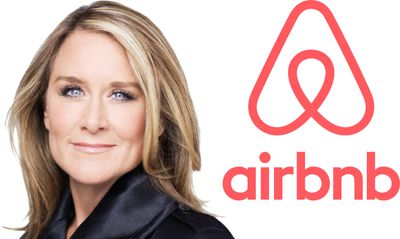
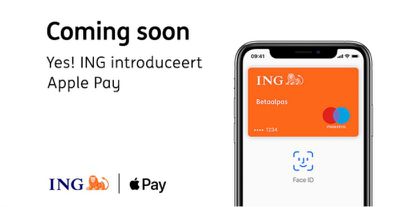

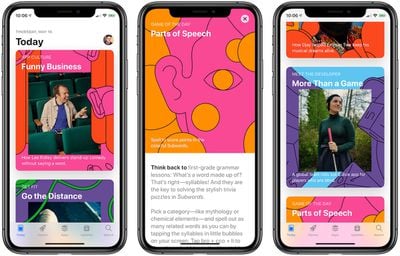
 Note: MacRumors is an affiliate partner with B&H Photo. When you click a link and make a purchase, we may receive a small payment, which helps us keep the site running.
Note: MacRumors is an affiliate partner with B&H Photo. When you click a link and make a purchase, we may receive a small payment, which helps us keep the site running.